Previous
Next
Rocket planes before rockets
In 1948 Nasa didn't yet exist, but a pilot, Charles "Chuck" Yeager (third from left) had already broken the sound barrier aboard the XS-1, seen here. None of these men would go to space, but they all had plenty of "the right stuff".© NASA
NASA
October 4, 1957
An intercontinental missile, tipped with Sputnik instead of a nuclear warhead, blasts off from the Baikonur Cosmodrome in Kazakhstan. The first victory in the space race went to the Soviets. In the extremely tense context of the Cold War, the United States was traumatised.(Keystone)
The tour of April 12, 1961
The first man in space is Russian. At the controls of the cramped Vostok capsule, Soviet cosmonaut Yuri Gagarin completes the first complete orbit around earth before coming back down. (PF Mouriaux)
Meanwhile...
Uncle Sam is grounded with rockets that seem considerably weaker than the Soviets'. Three weeks after Gagarin on May 5, 1961, Alan B. Shepard becomes the first American to leave the atmosphere. It is but a "flea's jump". © NASA
February 20, 1962
Third time's a charm: John Glenn, pilot of the third Mercury space capsule, takes off for three orbital revolutions. Americans pick up their chins and dream of reaching the moon. One year earlier, President John F. Kennedy promised the United States would be the first to get there. © NASA
After Mercury, Gemini.
"Bridge to the moon": The name of the programme is clear. These two-man capsules test the necessary maneuvers for lunar missions. Here, a space rendez-vous between Gemini 6 and Gemini 7. © NASA
First American space walk
On June 3, 1965 Edward H. White makes the big leap, two and a half months after the Soviets had done the same thing. Cosmonaut Alexis Leonov's space walk was the last Russian "win" in the space race. After that the Americans took the lead. © NASA
Christmas 1968.
They made it! After having been the first people to witness the dark side of the moon, the three astronauts of the Apollo 8, flying at roughly 800 kilometres above the surface, take a picture of "earth light".© NASA
9:32 a.m., July 16, 1969
Saturn V, an enormous 3,000 tonne, 110 metre high rocket, takes off from southern Florida with the Apollo 11 space capsule on its tip. In less than five days, Neil Armstrong and Edwin "Buzz" Aldrin would walk on the moon. © NASA
Driving on the moon
July 31, 1971: James B. Irwin, pilot of the Apollo 15 lunar module, prepares to drive the first moon jeep with Mount Hadley in the background. After the accident and miraculous survival of the three Apollo 13 astronauts, Nasa perks up again. © NASA
The rise of the shuttle
At the dawn of the 1980s flights take on a new direction. Instead of long and costly lunar missions, the Americans turn to a reusable spacecraft that takes off like a rocket but lands as a plane: The Space Shuttle. Here, the first launch on April 12, 1981. © NASA
A risky calm
The shuttle is capable of placing large payloads into low orbit, transport "mechanics" to repair satellites and space telescopes and above all to help build and resupply a future, permanent space station. But the engine proves dangerous. Twice, in 1986 and 2003, the crew members pay for malfunctions with their lives. © NASA
340 kilometres above our heads
The International Space Station cruises in silence at speeds close to 28,000 kmh. The sun rises and sets 15 times a day. A collaboration of American, Russian, Canadian, European, Japanese and Brazilian teams, the station houses astronauts and scientists from the world over. © NASA
Life in orbit
At the end of the day, people are there to work and meals in zero gravity require some getting used to. American Sunita L. Williams and Russian Feodor N. Yurchikin appear to have mastered the techniques.© NASA
Martian solitude
Beyond the relatively close suburb of the moon, Nasa also looks to Mars. In preperation to send people to the red planet, the agency explores Mars with small robots rovers like "Spirit" and "Opportunity". © NASA
Even farther still
Nasa craft have already visited the confines of our solar system. Built in conjuction with the Europeans, the Cassini-Huygens probe sent back this astonishing photo of the rings of Saturn with two moons: Titan, the big yellow orb, and Epimetheus, the little gray rock. © NASA
The big jump into infinity
No vehicle built by man has ever approached the Horsehead Nebula, an immense gas cloud, some 1,500 light years from earth. But the Hubble Space Telescope provides sensational images of it. © NASA
And farther still
At 28 million light years away, the majestic Sombrero galaxy is another island universe with a size comparable with that of the Milky Way. It has hundreds of billions of stars. © NASA
The limits of space and time
In 2004, while pointing its lens for 11 days at a miniscule region of space that hardly covered 30 millionths of the visible sky, the Hubble telescope saw more than 1,500 galaxies, some as far away as 13 billion light years from earth. © NASA
The National Aeronautics and Space Administration turns 50 years old.
This content was published on
September 30, 2008 - 15:52
From rocket planes to photos of infinity: What future historians will see as the first steps toward space exploration is already a long story.

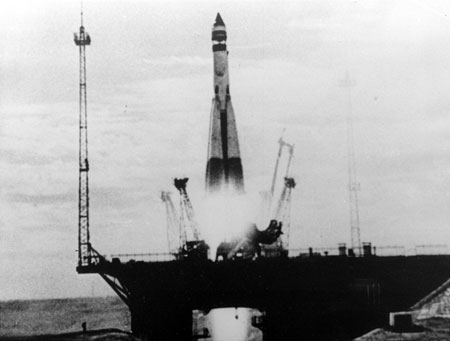
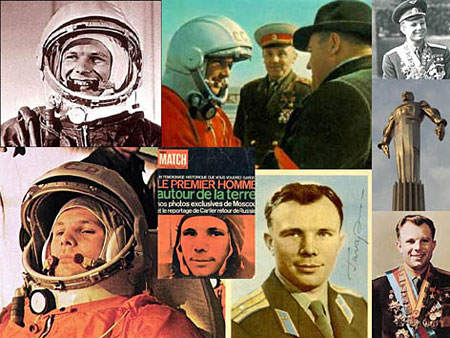
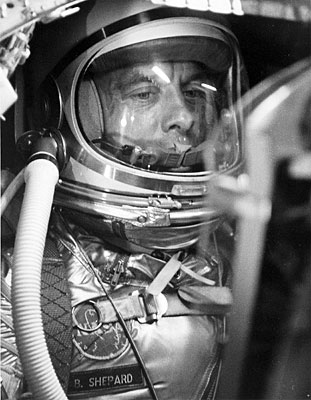

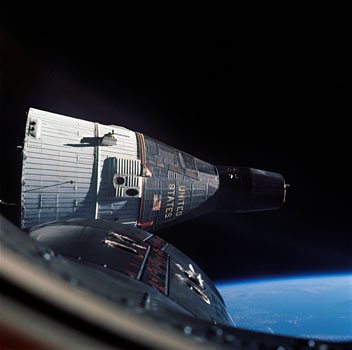
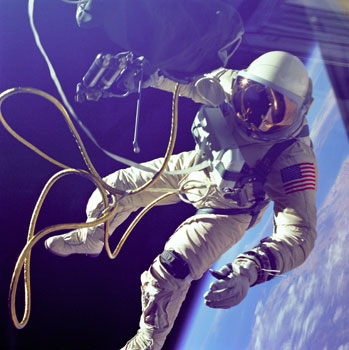

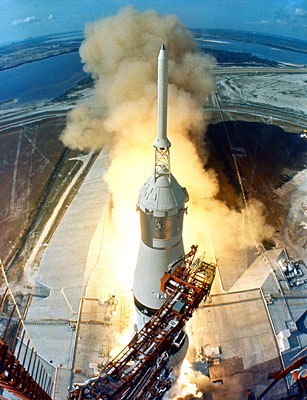
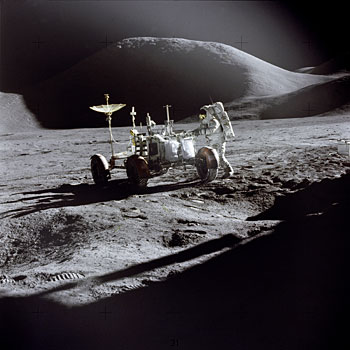
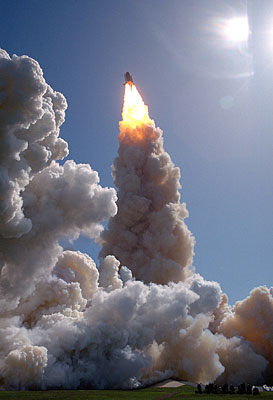








You can find an overview of ongoing debates with our journalists here . Please join us!
If you want to start a conversation about a topic raised in this article or want to report factual errors, email us at english@swissinfo.ch.